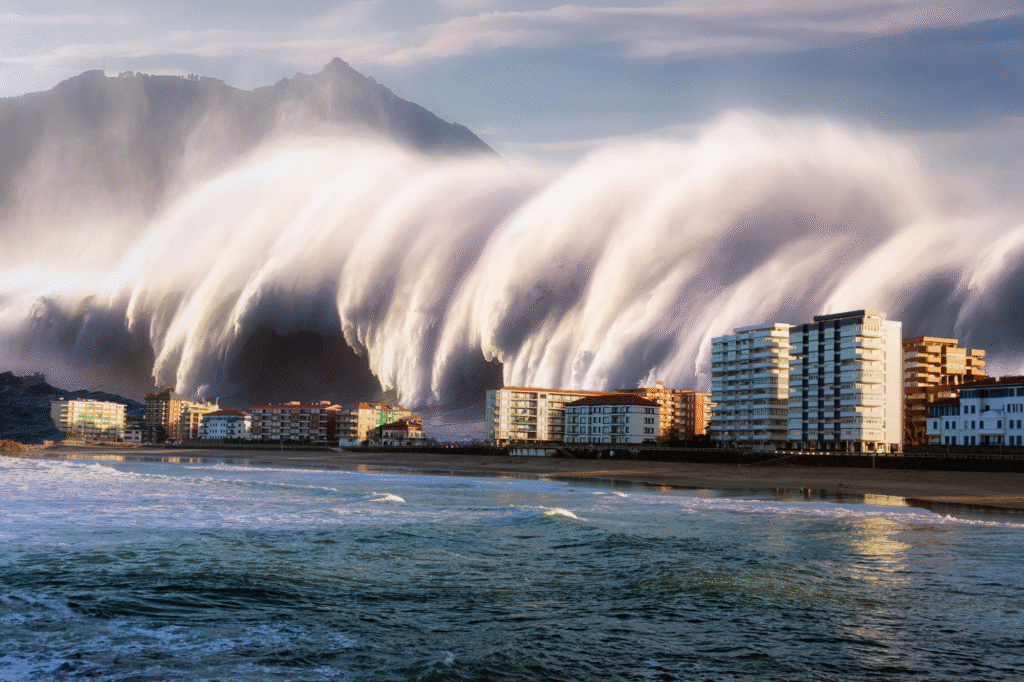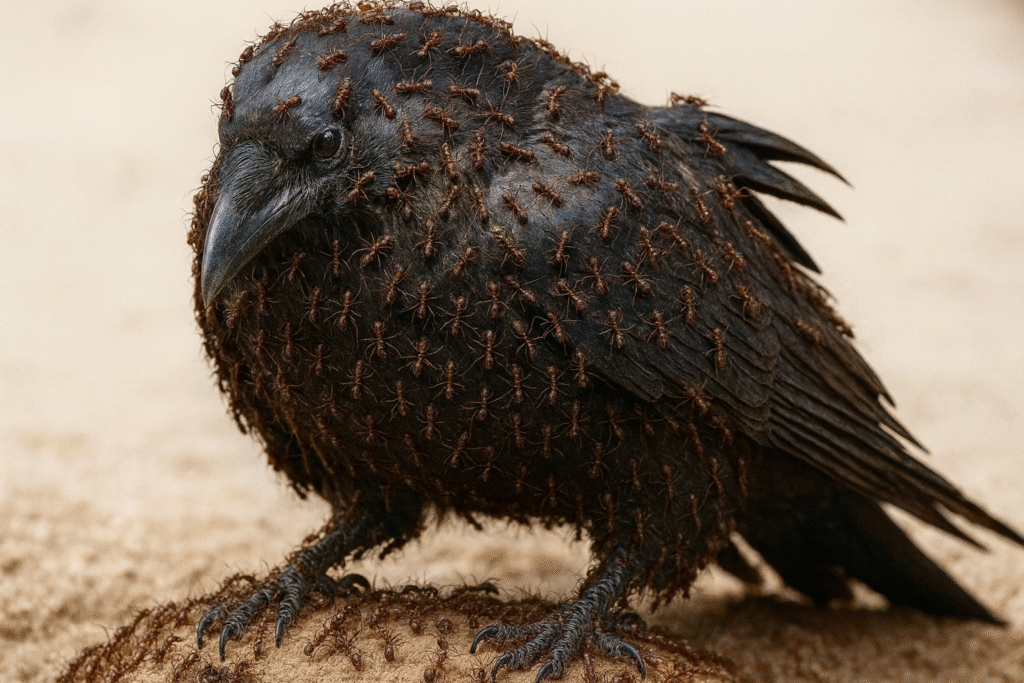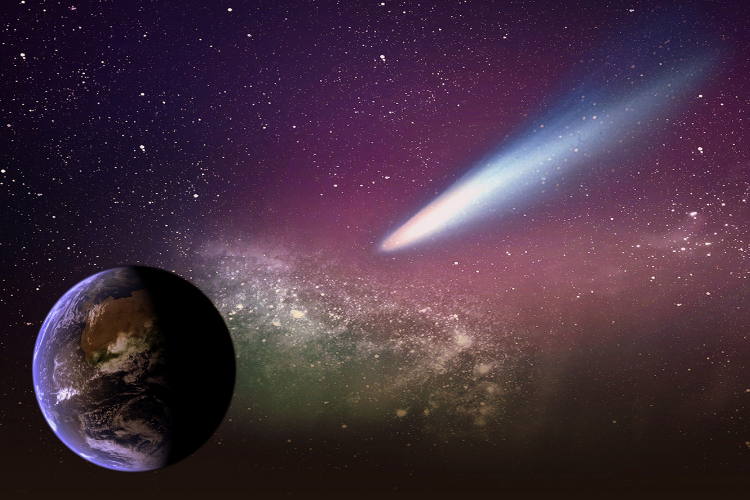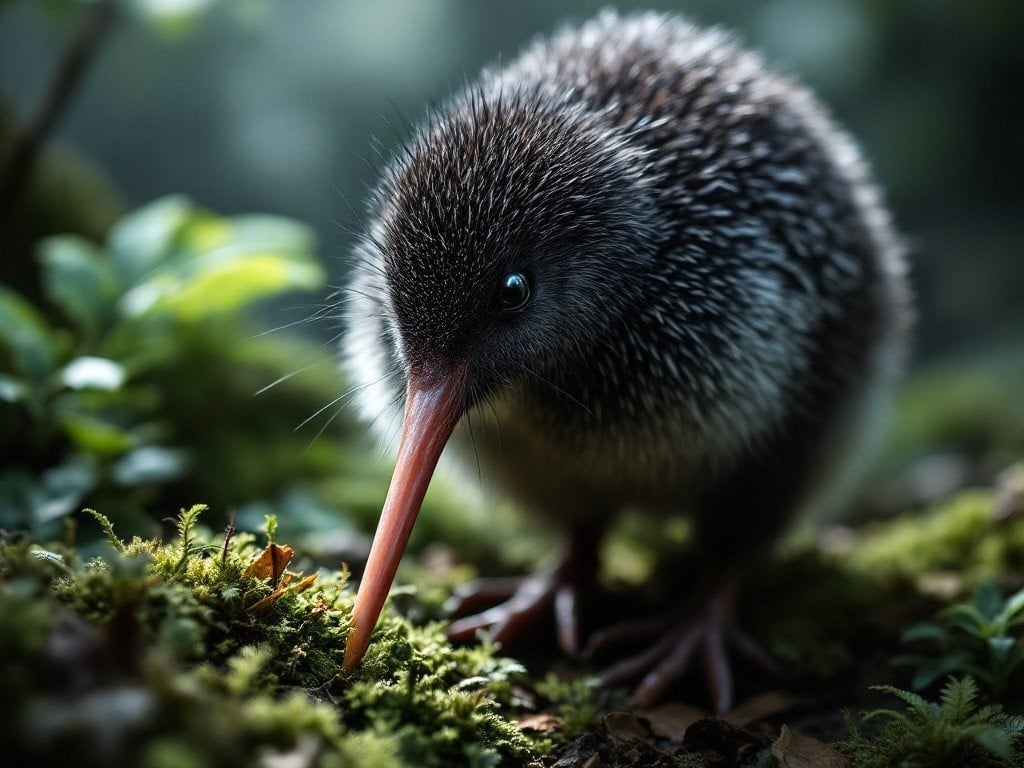Roads remain one of the deadliest obstacles for Florida’s most endangered cats.
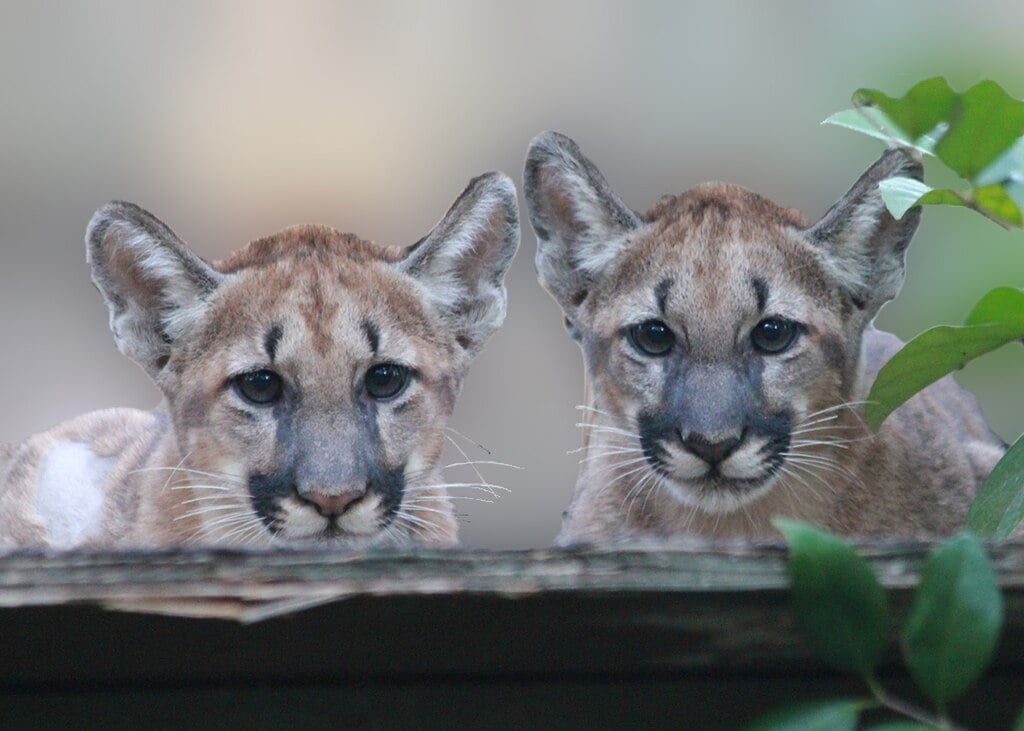
Earlier this month, two Florida panther kittens were struck and killed by vehicles in Collier County, bringing fresh urgency to one of conservation’s most stubborn challenges. The deaths were reported by state wildlife officials who track every loss, since each animal represents a meaningful percentage of the species’ limited population.
These collisions are not rare. In fact, road strikes remain the leading human-related cause of panther deaths, year after year. For a species with fewer than 250 adults left in the wild, every kitten lost is a blow to survival odds. The accidents also highlight how fragile coexistence remains in South Florida, where development keeps squeezing panthers into shrinking habitats bordered by highways.

